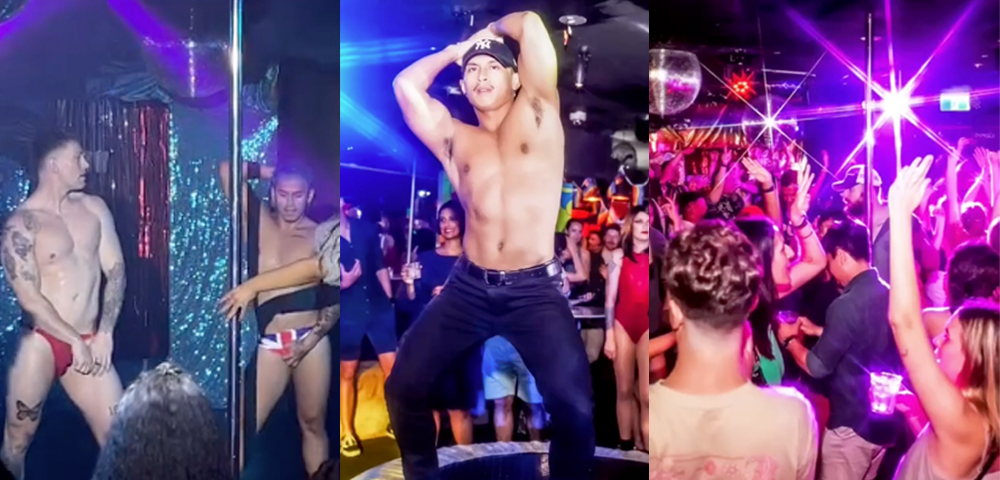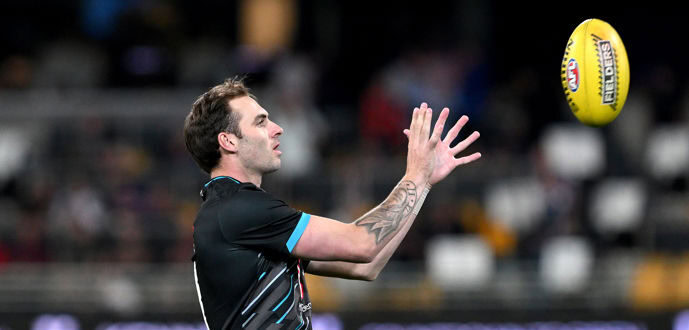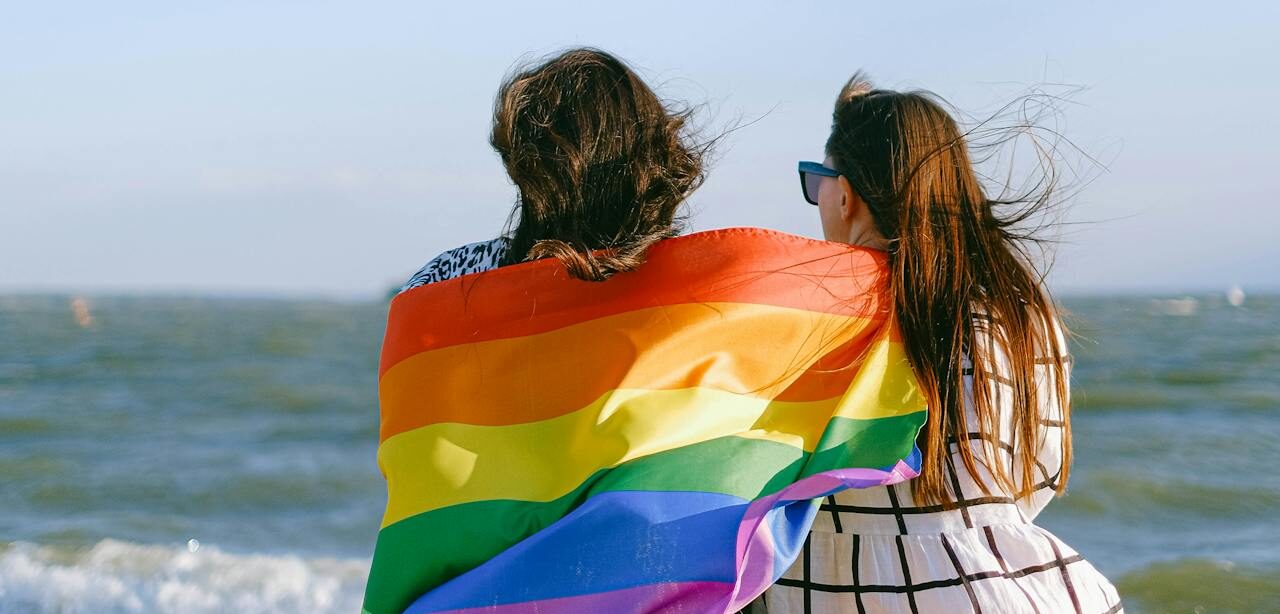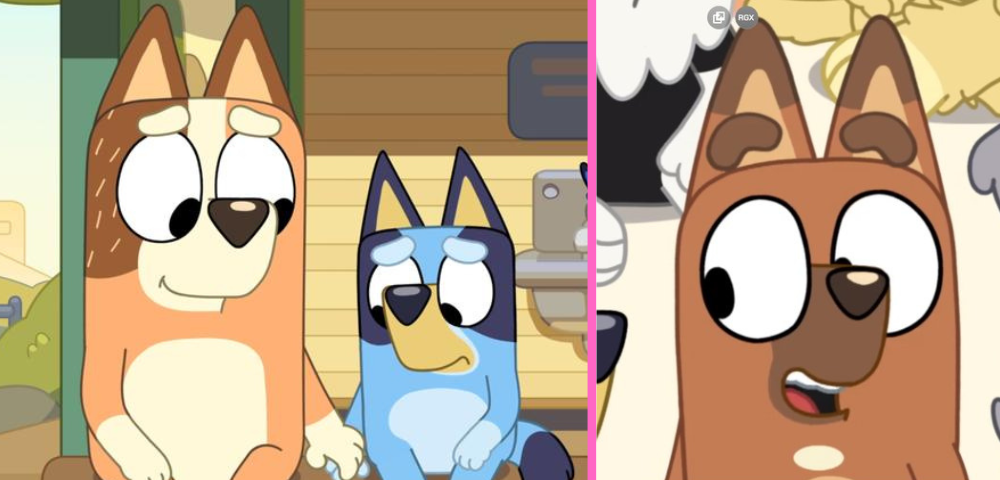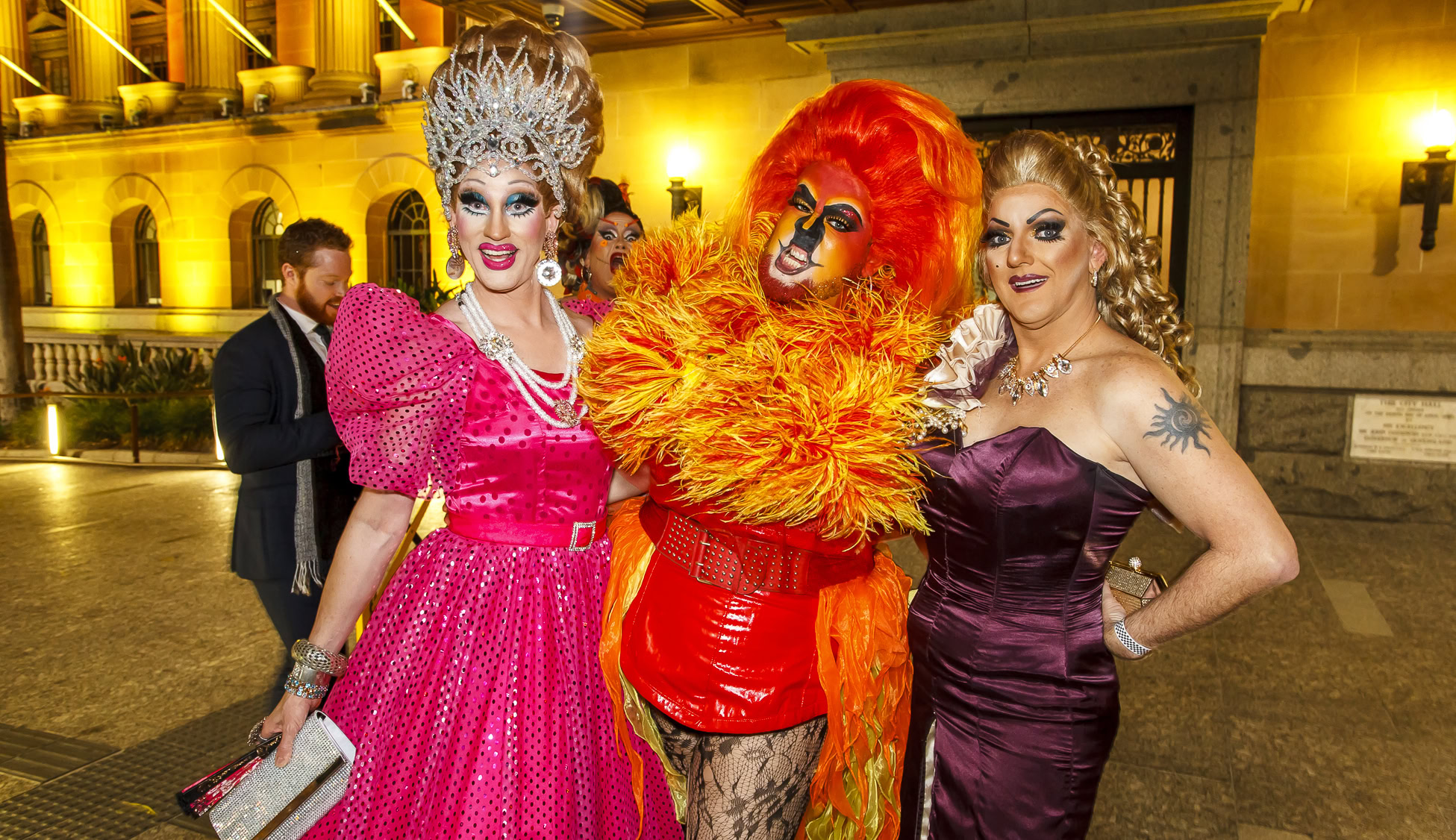
The activist who could be Australia’s first queer and Indigenous PM
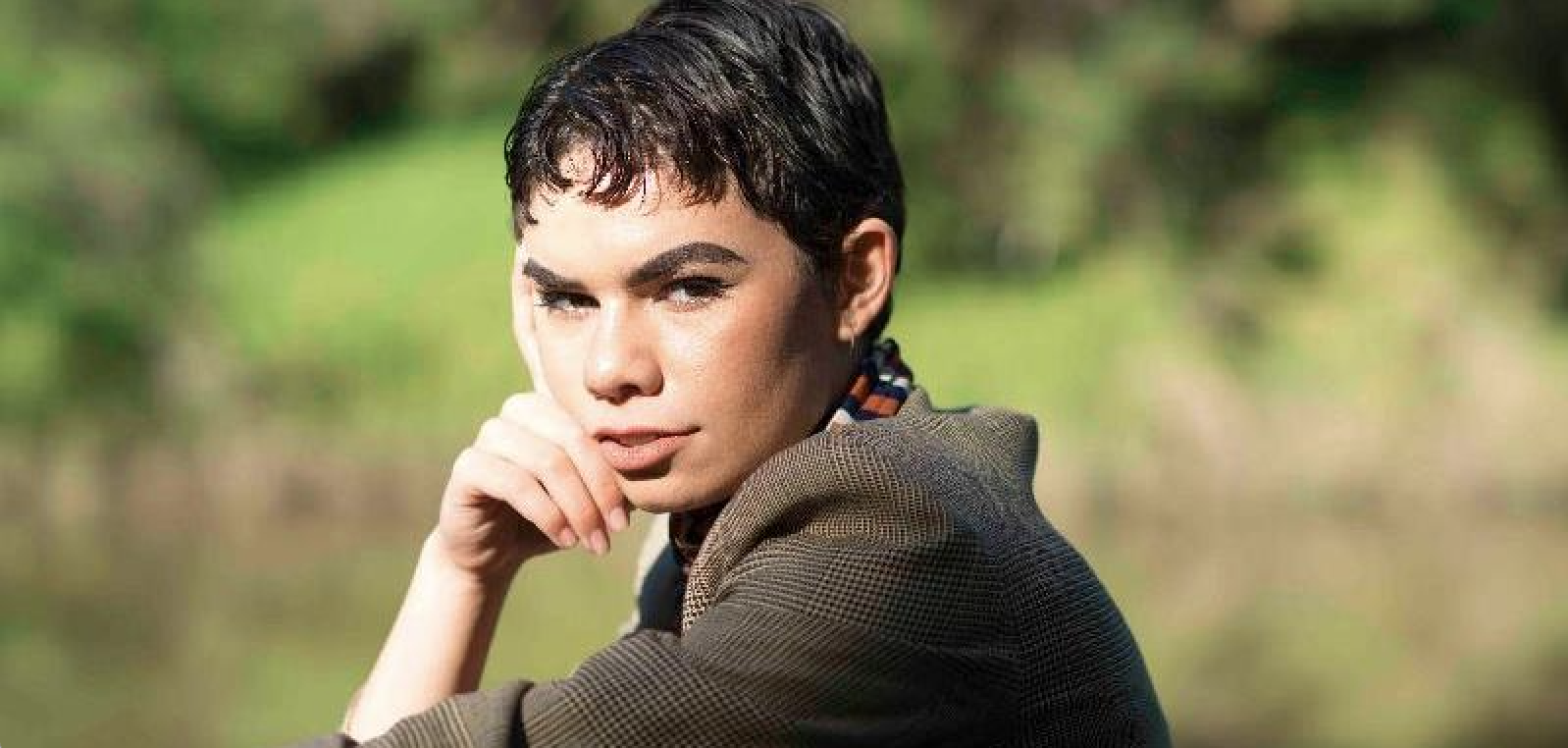
Earlier this year Aretha Brown was elected as Prime Minister by her peers at the National Indigenous Youth Parliament. Matthew Wade spoke to her about the need for young, diverse voices in government.
***
Being queer is still taboo in many remote Aboriginal communities, so when Aretha Brown was growing up it was an invisible identity.
Living in a small town north of NSW in Nambucca Heads, on Gumbaynggirr land, she says the concept of being gay was foreign to her and not something she identified in herself until she moved away.
“In remote Aboriginal communities it’s hard, because [being queer] is quite taboo and unfortunately you can’t talk about it,” she says.
“Plus there are no services for young queer people in these communities. If you’re gay and in the city then there are several services and supportive people available to you, but not there – when you’re in these communities, just knowing someone else that’s gay could make a world of difference.
“I would’ve given so much to see someone confident and happy and queer when I was living up north.
“But in remote communities that’s not an option.”
Brown has come a long way since then. Now living in Melbourne as an openly queer teenager getting through VCE, she’s become an outspoken activist for both the Indigenous and queer rights movements.
And the pinnacle of this advocacy to date came earlier this year at the National Indigenous Youth Parliament, when she was elected by her peers as Prime Minister.
The program brought together young Indigenous leaders from around Australia to learn about government and to simulate being a part of it.
Brown says it was an important moment being chosen for the top spot, and helped to highlight the urgent need for more diverse leaders in Australia.
“At the end of the day you don’t want anyone speaking for you, and it’s really hard to speak from a place of knowledge if you haven’t had that experience yourself,” she says.
“You need people from different ethnicities and backgrounds to have these stories to tell, so that someone who’s an outsider can understand.”
Being both queer and Indigenous, Brown adds that an intersectional perspective on issues in Australia is paramount.
“I probably don’t need to explain that a lot of gay issues that affect someone who’s white may affect someone that’s Indigenous differently,” she says.
“It’s not necessarily needing to speak up or go out of your way to say anything to grab people’s attention, other people just need to listen and understand when people of colour are talking to them.
“It’s as simple as that.”
When it comes to how her family have responded to her queer identity, given her background in Nambucca Heads, she says it hasn’t been easy. In fact, Brown only came out to her parents last month, in the most casual of places: live on the popular ABC television program Q&A.
The panel – which included Brown – were discussing marriage equality, something she became quite emotional about on air.
“I’d had a girlfriend for about a year but it was all under wraps, so my mum, and I believe my dad, found out on Q&A,” she says.
“There’s been a little bit of tension, because it’s a hard concept for them to grasp, but I think that’s something that will be fixed with time.”
Brown wants to be a voice for young queer and Indigenous people, and believes her peers are among those leading the charge towards acceptance, inclusivity, and perhaps even the Prime Minister’s seat one day.
“The beautiful think about it is, everyone’s experiences with being young and queer are a bit different, but we’re all part of the same community,” she says.
“I’ve always been a bit of an activist – I think young people have to be these days anyway.”





